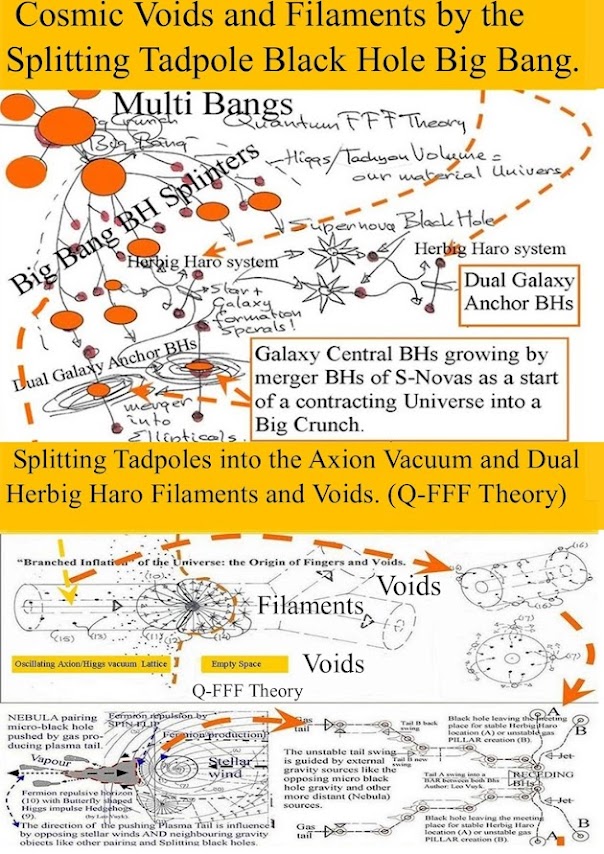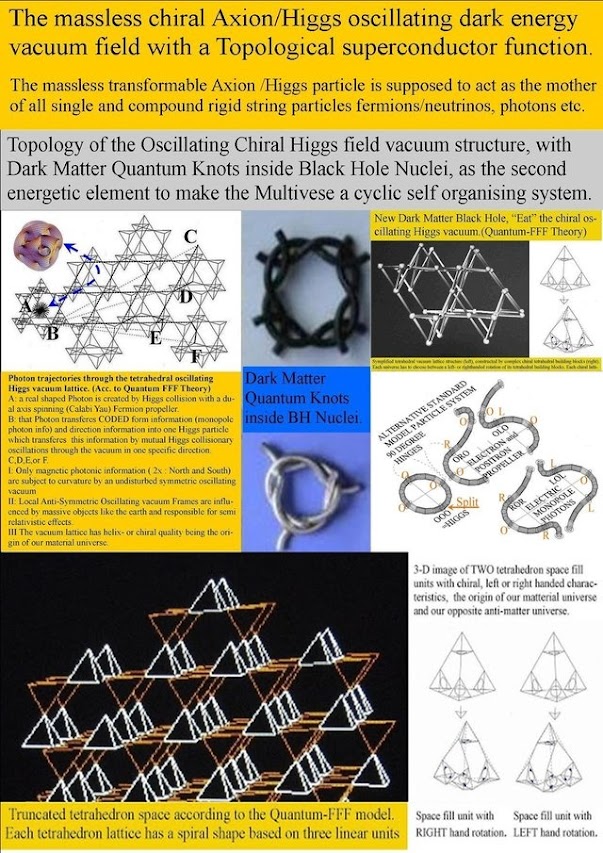see:
https://bigbang-entanglement.blogspot.com/2025/05/httpsscitechdailycomno-big-bang-theory.html
https://scitechdaily.com/no-big-bang-a-theory-of-repeating-bursts-could-explain-everything/
httigbang-entanglement.blogspot.com/2025/05/early-gravity-signals-by-holmdel-horn.htmlps://b
scitechdaily.com/no-big-bang-a-theory-of-repeating-bursts-could-explain-everything/
REPEATING BURSTS or Multi Bangs, is supporting and is explained by Q-FFF Theory. sqee: https://vixra.org/author/leo_vuyk
and; https://draft.blogger.com/blog/post/edit/21850084/2842652489182400768
Kevin Croker, lead author of the team’s new study and an assistant research scientist at Arizona State University. “We can’t get the details of how this is happening, but we can see evidence that it is happening.” https://www.phys.hawaii.edu/~kcroker/
kcroker @phys.hawaii.edu
Leo Vuyk's Quantum Function Follows Form (Q-FFF) Theory is an alternative physics model that challenges the standard model of particle physics. It proposes that the fundamental building blocks of reality are rigid, transformable string-like particles that interact through shape transformations rather than conventional quantum mechanics.
Key Concepts of Q-FFF Theory:
Torus-Shaped Particles: The theory suggests that all elementary particles are variations of a single torus-shaped particle, which can transform through collisions.
Photon Variants: It introduces multiple types of photons, including gravitons, light photons, X-ray photons, gamma-ray photons, and magnetic/electric photons.
Big Bang Evaporation: Instead of a singular universe, Q-FFF proposes that the Big Bang created multiple charge-parity symmetric universes, entangled at a quantum level.
Instantaneous Entanglement: The theory suggests that particles are entangled across different universes, influencing quantum mechanics and even human decision-making.
This model aims to unify gravity and quantum mechanics by introducing a semi-classical approach, where reality is shaped by the interactions of rigid, structured particles rather than probabilistic wave functions.
If you're interested in diving deeper, you can explore Vuyk's research and . Let me know if you want a breakdown of any specific aspect!






.jpg)



.jpg)

















.jpeg)




.jpg)




.jpg)











.jpg)
